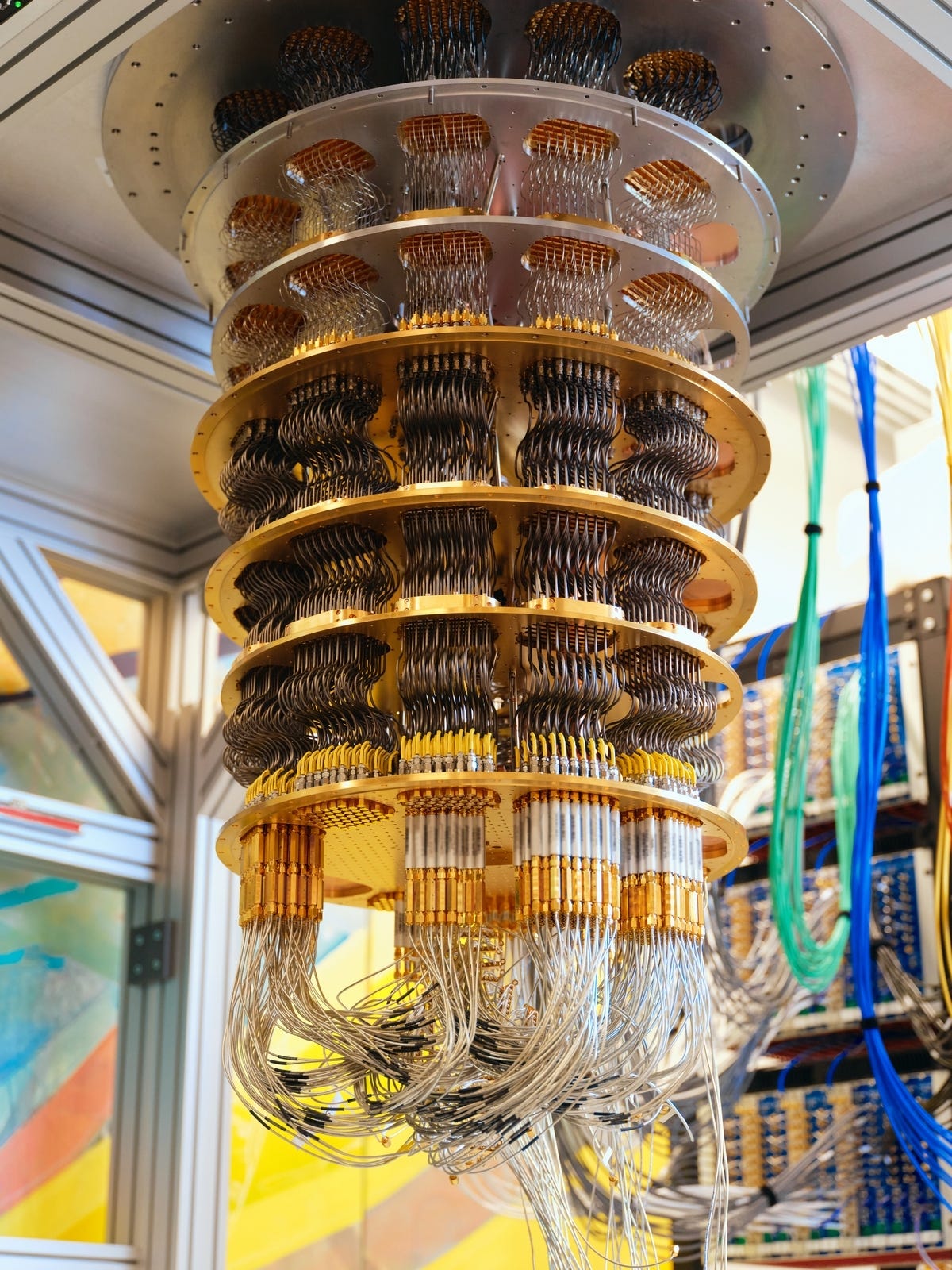Cryptocurrency has evolved far beyond Bitcoin, with thousands of other digital assets — commonly known as altcoins — entering the market. But what exactly are altcoins, and how do they compare to Bitcoin?
If you’ve ever wondered whether altcoins are just copies of Bitcoin or if they serve different purposes, this guide will break it all down.
Altcoins (short for “alternative coins”) refer to any cryptocurrency that isn’t Bitcoin. Since Bitcoin was the first and most dominant cryptocurrency, every other digital asset that followed is considered an altcoin.
Altcoins come in various types, including:
- Smart contract platforms (Ethereum, Solana)
- Stablecoins (USDC, USDT, DAI)
- Privacy coins (Monero, Zcash)
- Decentralized finance (DeFi) tokens (Aave, Uniswap, Maker)
- Metaverse & gaming tokens (The Sandbox, Axie Infinity)
- Real-World Asset (RWA) tokens (Ondo Finance, Centrifuge)
Each of these categories represents a unique use case beyond just being digital money.
While Bitcoin and altcoins are both cryptocurrencies, they have fundamental differences in terms of technology, purpose, and functionality.
1. Bitcoin Is Primarily a Store of Value, Altcoins Have Diverse Use Cases
- Bitcoin (BTC) is often called “digital gold” because it’s designed to be a store of value and hedge against inflation. It has a fixed supply of 21 million BTC, making it scarce and deflationary.
- Altcoins serve different purposes. For example:
- Ethereum (ETH): Powers smart contracts and decentralized applications (dApps).
- Stablecoins (USDT, USDC): Pegged to the value of fiat currencies to reduce volatility.
- Privacy coins (Monero, Zcash): Enhance transaction anonymity.
- Real-World Assets (RWAs): Tokenize physical assets like real estate and stocks.
Bitcoin remains the king of value storage, while altcoins drive innovation and utility.
2. Bitcoin Uses Proof of Work, Many Altcoins Use Proof of Stake
Bitcoin relies on Proof of Work (PoW) to secure its network, meaning miners solve complex mathematical problems to validate transactions. This makes it secure but energy-intensive.
Many newer altcoins, like Ethereum (after the Merge), Solana, and Cardano, use Proof of Stake (PoS), which:
✔ Uses significantly less energy
✔ Allows faster transactions
✔ Enables staking rewards for token holders
This shift makes PoS-based altcoins more scalable and eco-friendly compared to Bitcoin’s PoW model.
3. Bitcoin Is More Stable, Altcoins Are More Volatile
Bitcoin has the largest market capitalization and strongest brand recognition, making it the most stable cryptocurrency in terms of price movements.
Altcoins, especially low-cap or new projects, tend to experience greater volatility — which can mean both higher risk and reward. While Ethereum, Solana, and BNB are relatively stable, smaller altcoins often face boom-and-bust cycles.
Investor Tip: Bitcoin is generally seen as a safer investment, while altcoins offer higher potential gains (but also greater risk).
4. Altcoins Introduce Innovation and New Features
While Bitcoin focuses on being a decentralized currency, many altcoins expand blockchain’s capabilities. Some major innovations include:
- Smart contracts (Ethereum, Solana, Avalanche): Enable automated agreements without intermediaries.
- DeFi (Uniswap, Aave, Curve): Allow borrowing, lending, and trading without banks.
- Layer 2 solutions (Polygon, Arbitrum, Optimism): Improve transaction speed and reduce fees.
- Interoperability (Polkadot, Cosmos): Connect multiple blockchains for seamless transactions.
- Tokenized Real-World Assets (RWAs): Allow investing in physical assets on the blockchain.
Bitcoin set the foundation, but altcoins are driving blockchain’s next evolution.
Choosing between Bitcoin and altcoins depends on your investment goals:
- ✅ Choose Bitcoin if you want a long-term, lower-risk store of value.
- ✅ Choose altcoins if you’re looking for innovation, higher rewards, and are comfortable with risk.
A balanced crypto portfolio often includes both Bitcoin (for stability) and altcoins (for growth potential).
Altcoins have expanded the crypto landscape beyond Bitcoin, offering unique features, innovations, and investment opportunities. While Bitcoin remains the most trusted and widely adopted digital asset, altcoins provide the tools for a decentralized future — from DeFi and NFTs to tokenized real-world assets.
Whether you’re holding Bitcoin for the long haul or exploring high-potential altcoins, understanding their differences can help you make smarter investment decisions.

 8 months ago
53
8 months ago
53


 English (US) ·
English (US) ·